A Refreshing Approach to Teaching Poetry
Poem Central: Word Journeys with Readers and Writers
By Shirley McPhillips
(Stenhouse Publishers 2014 – Learn more)

Shirley McPhillips’ non-traditional poetry instruction book is both insightful and fun. I predict teachers will not be able to read it for long without writing some poetry of their own. Sources for the author are classic and contemporary poets, other teachers, students, and her own experience.
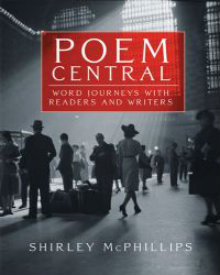
To begin, we need to find poems that speak to us. McPhillips gives many examples and suggestions to get poems “out into the airwaves,” such as reading poems aloud daily, writing or recording intriguing lines, having poetry slams or competitions, having “Poetry Fridays,” and writing thoughts and notes in verse.
Approaches to poems
Part 2 discusses how to read a poem by looking at the shape and title, by listening to the music of it, by considering the speaker, and more. McPhillips agrees with poet Mary Oliver, who is more concerned with how a poem makes the reader feel than in what it is about. She gives as an example, “Spring and Fall,” by Gerard Manley Hopkins, which cast the spell for her. She tells how to choreograph a poem for choral reading by single voices or groups.
Today, when teaching “empathy” is a hot topic, I like how McPhilllips wants students to connect to poems through empathy: “Some empathy felt. If not, then that’s not the poem for us.” While reading poetry, there’s an exchange, “an intimacy.” Student Eva clipped a poem into a section of her notebook called “Keepers,” and a conversation between the author and Eva is shown that draws out the reasons why Eva connected with the poem.
McPhillips believes there is “No learning without feeling,” and shares a personal, romantic story about the influence of poetry and songs on her marriage.
But what should we do when we don’t understand a poem, and when it’s difficult or feels like it’s been written in another language? McPhillips doesn’t want us to give up on these poems entirely. “Sometimes,” she writes, “the poem needs to percolate over time,” and this is another reason to be engaged with poetry all year, not just during National Poetry Month.
We need to consistently read all kinds of poems. She quotes poet Maxine Kumin who asks that we give a difficult poem three chances, meaning careful readings. If there is still no connection, then the student should feel free to move on.
In dealing with simile and metaphor, often difficult for students, McPhillips quotes Ted Kooser: “A metaphor or simile should be used to clarify a poem.” Reading and talking with others about poems will help students through difficulties, as well. Starters for talking about poems are given: “When I read this poem . . .”; “I notice . . .”; “Listen to this part . . .” Pairing poetry with another piece of literature also helps. For example, the picture book by Eve Bunting, Fly Away Home, can be paired with Lucille Clifton’s poem, “The 1st.”
 Assembling poems
Assembling poems
Part 3 delves more deeply into the making of poems, which begins with collecting words. Strategies include picking random words and putting them together to make meaning. Twitter poems contain no more than 140 characters. Found poems for McPhillips include finding lines in other poems and re-arranging them into new truths. She advocates attributing the source.
From a Found poem, one can move to a ‘Cento” or “Collage” poem, piecing together lines of verse from the works of different poets. She also discusses what a quality poem would contain, but primarily she wants students to “Dive in. Have fun.”
Find out what makes a good title, about line endings, and “Bookspine Poems.” Guidance is given if one has to write a poem for an occasion, happy or sad, or for a season. Learn how to go from observation to poem, beginning with taking a walk. There is a good discussion about reading and writing Haiku. One section is devoted to Ekphrastic poems, a poem based on another art form, such as photographs, sculpture, or paintings. Students can start with “Fingerprint Poems” or collaborate with an artist. They can write to music.
Another section teaches Persona poems, where the author invents the speaker of the poem (above). Students can take the point of view of another and address wrongs in history or simply investigate how it feels to be in another’s shoes. They can write from an inanimate object’s point of view. They can be a character in a book, such as Johnny Cade in The Outsiders. Short Postcard poems, hand written and perhaps illustrated, are inscribed on a postcard, commercial or homemade. Limited space requires precision and thoughtful word choice.
Homage poems can be down to earth or noble sounding. Students can give praise to objects or times in their lives. How about something that deserves praise but rarely gets it? Invective poems will be popular, since they usually involve negative emotional language, can be satirical, or poke fun at something or someone. One student example (Martha) is “Invective Against Mean Girls.”
Accessible and hands-on resources
Resources for teachers and students are given throughout and at the end of the book. They include books, chapbooks, and websites with poems and craft instruction. Having taught poetry workshops in schools, I would suggest that students begin making poems on day one, rather than reading them. Once they know they’ve written a poem, they will want to look at others’ work.
This book is a practical, mostly hands-on book, and the style is enjoyable because the author muses on the topic of poetry and takes us on an enjoyable word journey. Teachers and poets can use this book as a reference guide for years to come.
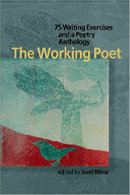
Find Jenni Miller’s MiddleWeb review of Poem Central here.

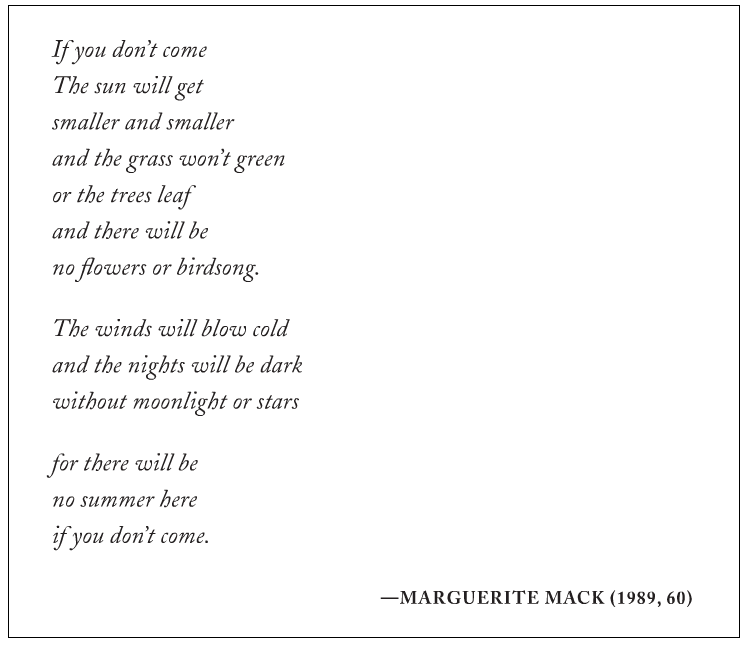
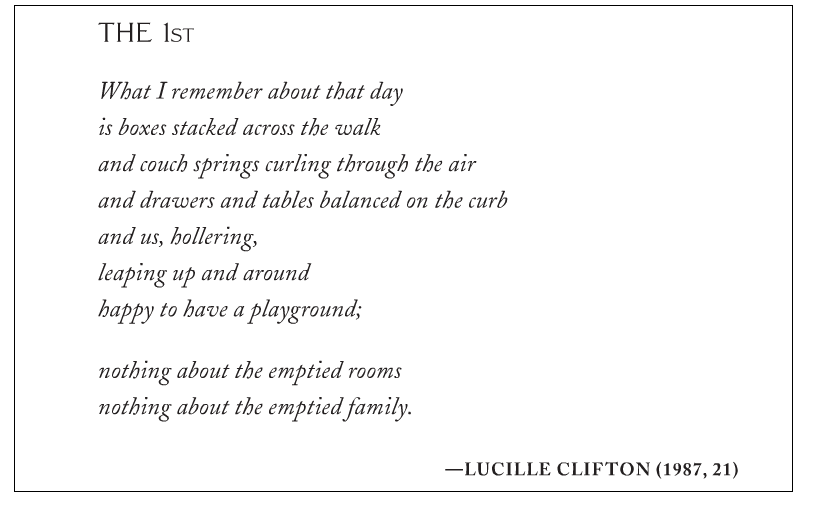
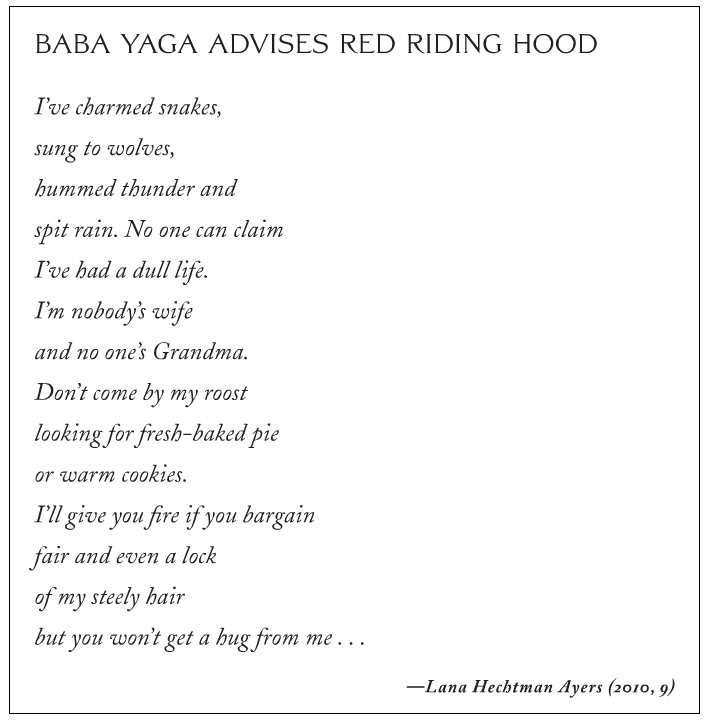
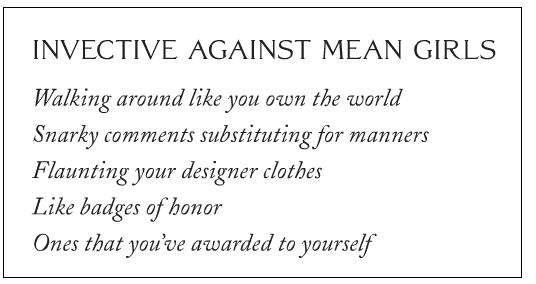


































Mary, thank you for this inspiring summary of what sounds like a wonderful book! I also appreciated the beautiful poetry excerpts you included.
Thanks, Sarah!